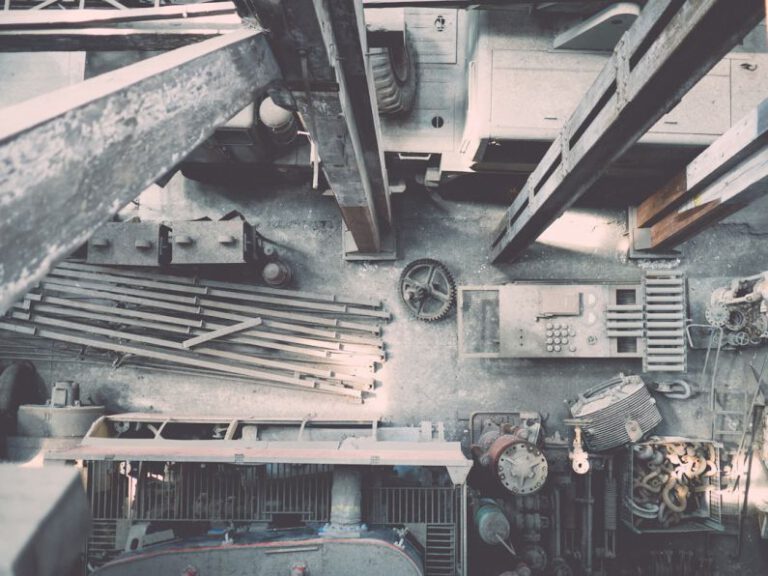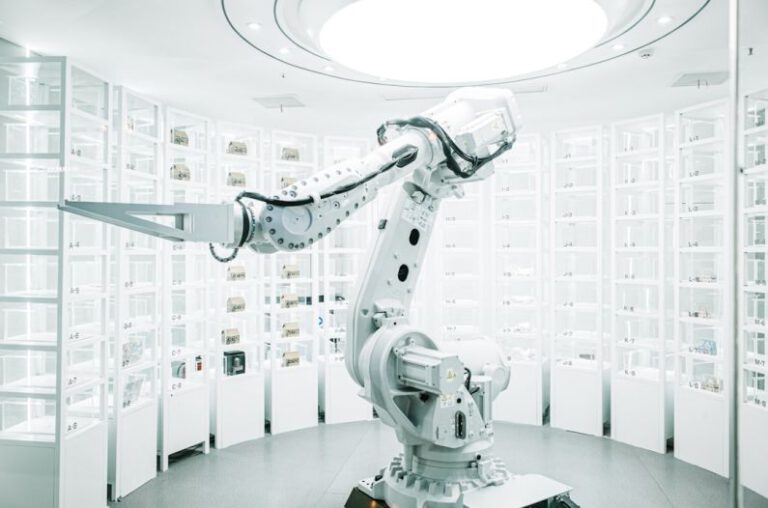How Can Robotics Improve Safety on Construction Sites?
Construction sites are inherently hazardous environments, with various risks that can pose threats to the safety of workers and visitors. However, with advancements in technology, particularly in the field of robotics, there is a growing opportunity to revolutionize safety practices within the construction industry. From automated machinery to drones and wearable devices, robotics offer a wide range of solutions to enhance safety on construction sites. Let’s delve into how robotics can be leveraged to improve safety measures and mitigate risks in this challenging work environment.
### Enhanced Monitoring and Surveillance
One of the key ways in which robotics can improve safety on construction sites is through enhanced monitoring and surveillance capabilities. Drones equipped with cameras can provide real-time aerial footage of the site, allowing supervisors to identify potential hazards and monitor progress without the need for manual inspections. This not only improves efficiency but also reduces the risk of accidents caused by human error or oversight.
### Autonomous Machinery
Autonomous machinery, such as self-driving vehicles and robotic arms, can significantly reduce the risk of accidents on construction sites. These machines are equipped with sensors and AI technology that enable them to navigate the site safely and perform tasks with precision. By replacing manual labor with robotic counterparts, the risk of human errors and injuries can be minimized, ultimately enhancing safety for workers on the site.
### Remote Operation
Another advantage of robotics in construction is the ability to control machinery and equipment remotely. This feature is particularly valuable in hazardous situations where human presence may be risky, such as during demolitions or in unstable structures. By operating machinery from a safe distance, workers can avoid direct exposure to potential dangers, thereby improving overall safety levels on the construction site.
### Hazardous Material Handling
Robotic systems can also be utilized for handling hazardous materials on construction sites, such as asbestos removal or chemical cleanups. By using specialized robots designed for these tasks, workers can avoid direct contact with dangerous substances, reducing the risk of exposure and related health issues. These robots are equipped with advanced sensors and protective measures to ensure safe and efficient handling of hazardous materials, making them an invaluable asset in maintaining a secure work environment.
### Real-time Data Analysis
Robotics can facilitate real-time data analysis on construction sites, enabling supervisors to monitor various parameters and detect anomalies that may indicate safety risks. For instance, wearable devices equipped with sensors can track vital signs and movement patterns of workers, alerting supervisors to signs of fatigue or distress. By leveraging this data, safety protocols can be tailored to address specific challenges and prevent accidents before they occur, ultimately enhancing overall safety standards on the site.
### Collaborative Robotics
Collaborative robots, or cobots, are designed to work alongside human workers to enhance productivity and safety on construction sites. These robots can assist with heavy lifting, repetitive tasks, and precision work, reducing the physical strain on workers and minimizing the risk of musculoskeletal injuries. By integrating cobots into the workforce, construction companies can create a safer and more efficient working environment, where humans and robots collaborate seamlessly to achieve common goals.
### A Safer Future for Construction
In conclusion, robotics have the potential to revolutionize safety practices on construction sites by offering innovative solutions to mitigate risks and enhance monitoring capabilities. From autonomous machinery to real-time data analysis and collaborative robots, the integration of robotics in the construction industry opens up new possibilities for creating a safer work environment. By embracing these technologies and leveraging their unique advantages, construction companies can not only improve safety standards but also increase efficiency and productivity on their sites. As we look towards the future, it is clear that robotics will play a crucial role in shaping a safer and more sustainable construction industry.






